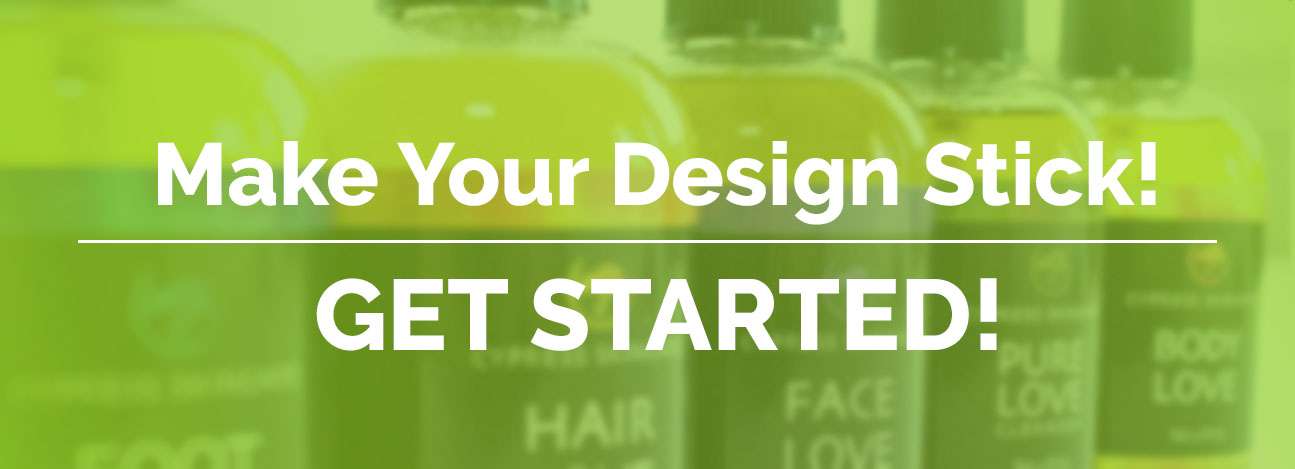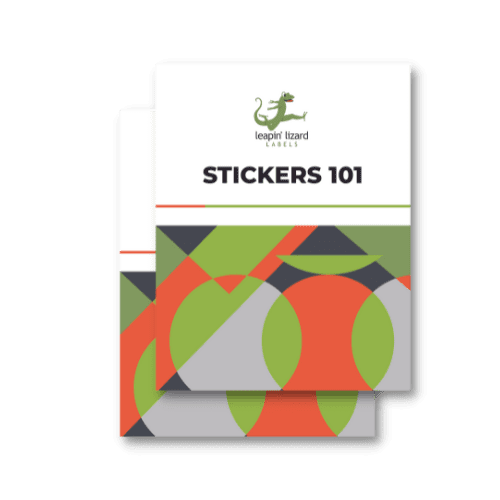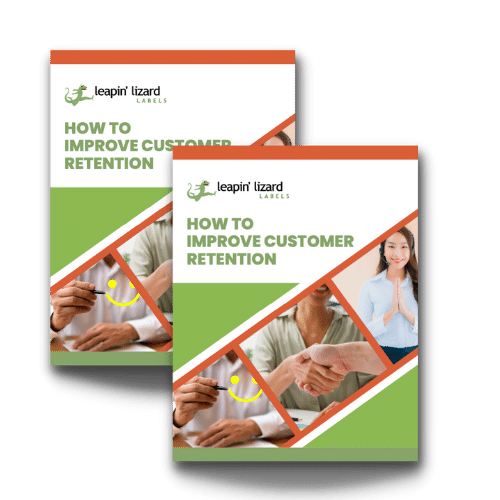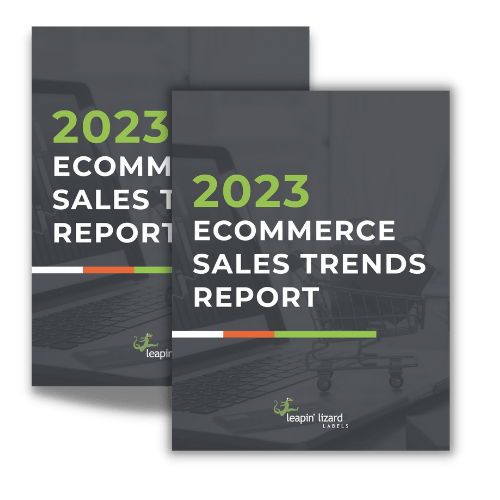As I sit down to scribe this article, there’s only one thing on my mind: Coffee. Today, I’m drinking a batch by a Colorado-based roaster. Their packaging features a simple stamp (with their brand), and an elegant sticker (with the type of coffee). Today, I’m going for a medium-roast breakfast blend. I always go caffeinated. It’s a fantastic pick-me-up, and as it is for millions of Americans, it’s an integral part of my routine. But why did I select this coffee? What set it apart from the hundreds of bags upon the shelf? Well, I know what I like in a coffee. I know that I stick to dark roasts and medium roasts—light roast tastes too acidic for my palate. I also know that I always buy pre-ground—I brew my coffee at work, and I’m paradoxically too busy and too lazy to grind my coffee in the morning here at the office. Finally, I know that I was originally attracted to this particular brand of coffee not because it was cheaper (it wasn’t), and not because it had better reviews (I don’t have the time nor the desire to check reviews); I was attracted to this particular brand because it looks darn cool.
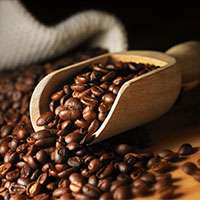
The label on this pouch of coffee is simple, elegant, and somehow, comforting. From the bag to the stamp to the sticker, the whole package works. Or, at least, it worked for me. The bag is thick brown paper, almost like an upgraded version of the paper that you’d find surrounding your lunch back in grade school. I loved the familiarity of the texture. Next, I noticed the stamp. The brand is super simple: A name and a small logo. The ink is a soft red, maybe even a salmon color. Finally, I’m drawn to the label. It’s the very definition of simple. A small, avocado-green emblem tells me where the beans came from. Clear, distinct text tells me the roast of the coffee, and it assures me that this roast is, indeed, caffeinated (Yay!). Next, there’s a list of flavor profiles, the weight of the package, and some miscellaneous required information. And, of course, big bold text tells me the name of the coffee itself.
Surely, there’s a lesson to be learned here. Yes, I’ve learned that I’m an impulse buyer, coffee fanatic, and design nut. But also, as I furiously compose my daily dose of “digital scribbles,” I realize that there are a few design rules and considerations that make a coffee label as attractive as coffee itself. Here are my takeaways and tips towards designing the ultimate coffee label:
Simplicity Counts
While there’s plenty of room for complexity in a coffee label, especially the brand, some simplicity is a must. I actually first realized this fact once, long ago, when I ran out of coffee.
Story time:
The Incident
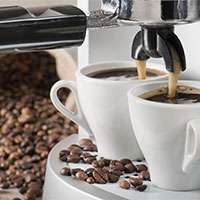
I’d finished a bag of ground coffee (I don’t recall what I was drinking at the time) one day prior to The Incident. So, as any panicked, half-asleep, day-to-day toiler does, I went to Starbucks®. I purchased a cup of coffee thusly: “I’ll have a medium cup of coffee.” The barista kindly handed me an empty cup, and I navigated to the large coffee carafes near all of the fancy fixings that I never use (This establishment featured a serve yourself station for those who drink black coffee in lieu of cappuccinos and macchiatos.). I poured a dark roast. I went about my day.
Then, as a coworker called me over to her desk, panic set in. Something was very wrong. I was light-headed. I was grumpy. I was tired. This wasn’t a lukewarm cup of coffee that I held… This was a lukewarm cup of decaf!
“I’ve made a huge mistake.” – Me
Now, I have nothing against any coffee maker—they are a Godsend, and they (alongside baristas) have the most important tradecraft in the world. However, Starbucks’ ill-designed self-serve carafes had duped me on this fateful day. The portion of the label that read “Decaf” was lost in the proverbial weeds, at least design-wise. The label, which may have been aesthetically pleasing, was overly complex. I remember the color brown, random swirls of tan and white. There was some text. I read “Dark Roast.” That was sufficient data in my tired stupor. It wasn’t my fault. It was the label! It should have read “DECAF” in the same bold reds, yellows, and blacks that instinctively tell me that a snake is poisonous.
OK, it doesn’t need to be that simple and overbearing, but you get the point. A design flaw had ruined my day. So, as any sane person would do, I dramatically poured my coffee down the drain, and stormed to Starbucks again in order to bite my tongue and politely purchase another cup of coffee. I also investigated the selection of carafes—driven not by caffeine, but instead, a catalytic cocktail of adrenaline and what I’ll call a case of the I-Swear-I’m-Rights. I discovered (with equal doses of Shoots, Darns, and I-Knew-Its), that the carafe I’d selected that morning read (in delicate swirling cursive) “Decaf.”
In short, complexity kills. Or at least it had destroyed two hours of some Monday or Tuesday that I had like a year ago. But I’m over it.
Stand Out From the Crowd
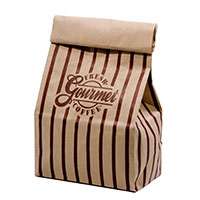
Onwards. Good design sets one brand apart from the dozens of others that line the supermarket shelf. Now, there are no steadfast rules in the stand out from the crowd game. Thus, I’ve compiled a list of tips that may just be the key to successfully marketing your coffee via super-awesome label design. Let us delve into said list:
- People like shapes. Simply switching up the shape of your label may be enough to stand out from the crowd. There are a million circular labels, and half a million more rectangular ones. Get creative. Maybe an octagon? No, no. A seven-sided star? Nah, too pointy. A whale? Yes. Whales are in right now.
- People like colors. Pick your color palette carefully. First off, consider the packaging as well as the label. Would that dark brown get washed out against a black bag? Perhaps a seafoam green would soothe the eye. Next, start pairing colors. Rusted orange really pops on a seafoam green. That’ll be perfect for the text and logo.
- People like words. Boldly display the name of your brand, the name of the coffee, and all the pertinent information that you need. If you’re fair trade or organic or locally roasted, include that information too. Boast about what sets your coffee apart from other providers.
- People like clarity. Remember The Incident. Make sure that your labels are clear. Lastly, and arguably most importantly, you should be able to recognize and the brand—more on branding now…
Branding
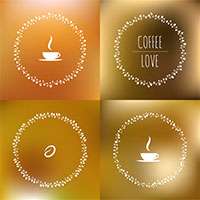
Branding makes your product memorable. A good brand is distinct, easily visible, and downright attractive. Your brand should be instantly recognizable, even from afar. Again, simple designs and bold colors tend to win here. To reference Starbucks once more, this coffee mega-corporation has mastered the art of branding. Their green and white label is notorious. It’s on those tiny little bottles of their chilled drinks. It’s on billboard-sized signs. It’s on their recycled cardboard insulators. It’s everywhere. Every American can probably draw the Starbucks label with some accuracy. Their branding campaign has worked. You don’t have to follow the Starbucks model, in any way shape or form. Just know that it works.
Leapin’ Lizard Labels’ Coffee Labels
Here at Leapin’ Lizard Labels, we love to make labels that sell with designs that stick. We strive to produce high-quality labels to match your high-quality products. We hope we’ve helped with our coffee label design tips, and, as always, we’d be ecstatic help more by printing your next set of coffee labels! Get started here! Or take some time to learn more about our custom printed labels and stickers!
